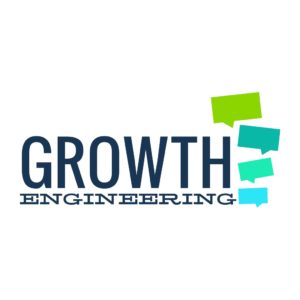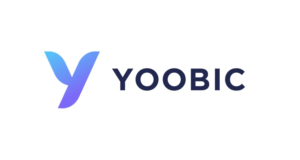What Are The Benefits Of An LMS With Offline Access?
Learning shouldn't be limited by your internet connection. That's why you need a Learning Management System that offers offline access to content support. These platforms allow users to download materials such as videos, documents, and even quizzes so they can continue their learning uninterrupted, no matter where they are. That level of flexibility is important for organizations, too, because it means they can support a more diverse and global workforce.
Must-Have Features Of An LMS With Offline Access to Content Support
When exploring LMS options, you'll find they have various features. For instance, some may offer mobile apps that allow learners to download course materials for offline access. Others might provide the ability to work offline and sync data once their internet connection is back, keeping progress safe. This can be useful for tracking how learners work in real time, even when they're working offline.
The most important feature, though, is user experience. A good LMS should be intuitive and easy to use, even for those who may not be tech-savvy. Look for platforms that allow flowy navigation and clear access to the content. You also want an LMS that can adapt to different devices, from smartphones and tablets to laptops and desktops, so that learners can focus on learning and not try to figure out messy interfaces.
Comparing The Top LMSs with Offline Access Support
When you browse through the LMS options in our directory, be sure to compare pricing models, customer reviews, and additional features like analytics or integrations with other software, as they may be important to your needs. The system should fit within your budget and align with your learning goals. Also, learning about the experiences of other organizations, preferably similar to yours, can give you valuable insights into how the LMS performs.











